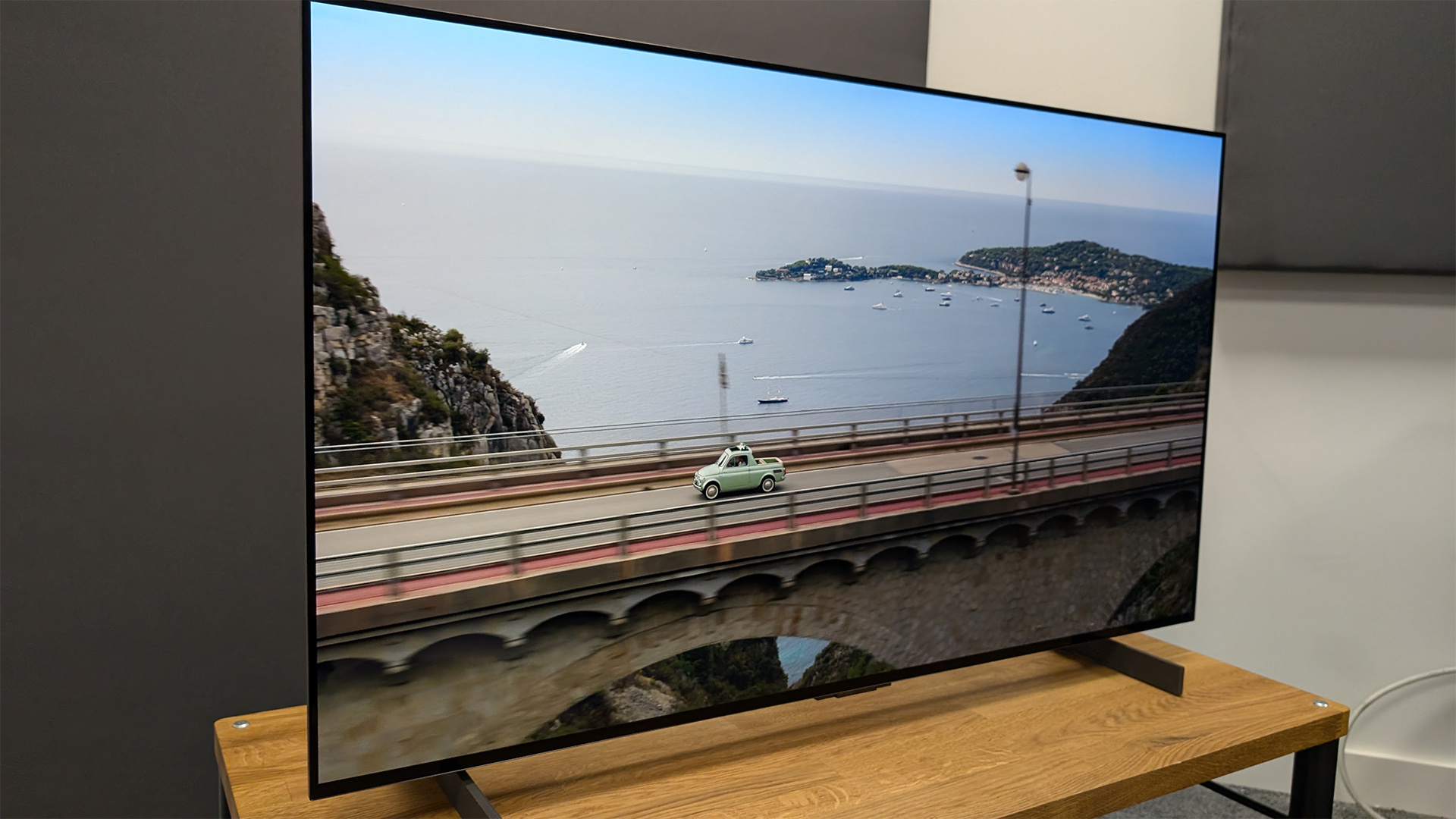
Dolby has played a pivotal role in advancing HDR technology for both commercial cinema and home theatre applications. When it comes to home entertainment though, perhaps the most significant contribution comes in the form of Dolby Vision, an advanced version of HDR (High Dynamic Range).
Dolby Vision pushes regular HDR forward and improves the viewing experience for consumers by continuously optimising how their TVs present HDR content, much like the competing HDR10+ format. Additionally, it gives content creators greater control over the appearance of their HDR content on TVs, and brings it closer to what the director intended.
Dolby Vision is available on smartphones and tablets. It's already supported on most iPhones, including the latest iPhone 16 and iPhone 16 Pro Max. The iPhone 16 Pro models can capture footage in Dolby Vision up to 4K at 120fps, as well.
It was originally thought that Dolby Vision required dedicated hardware, such as screens and Ultra HD Blu-ray players, equipped with specific chips. However, it's now possible to add Dolby Vision support through a firmware update on devices boasting sufficiently powerful processors.
While the industry-standard HDR10 format is freely available for manufacturers, Dolby Vision entails a license fee. So, what sets Dolby Vision apart to justify this cost? Quite a few things, actually.
- Check out the best Dolby Vision TVs
What is Dolby Vision?
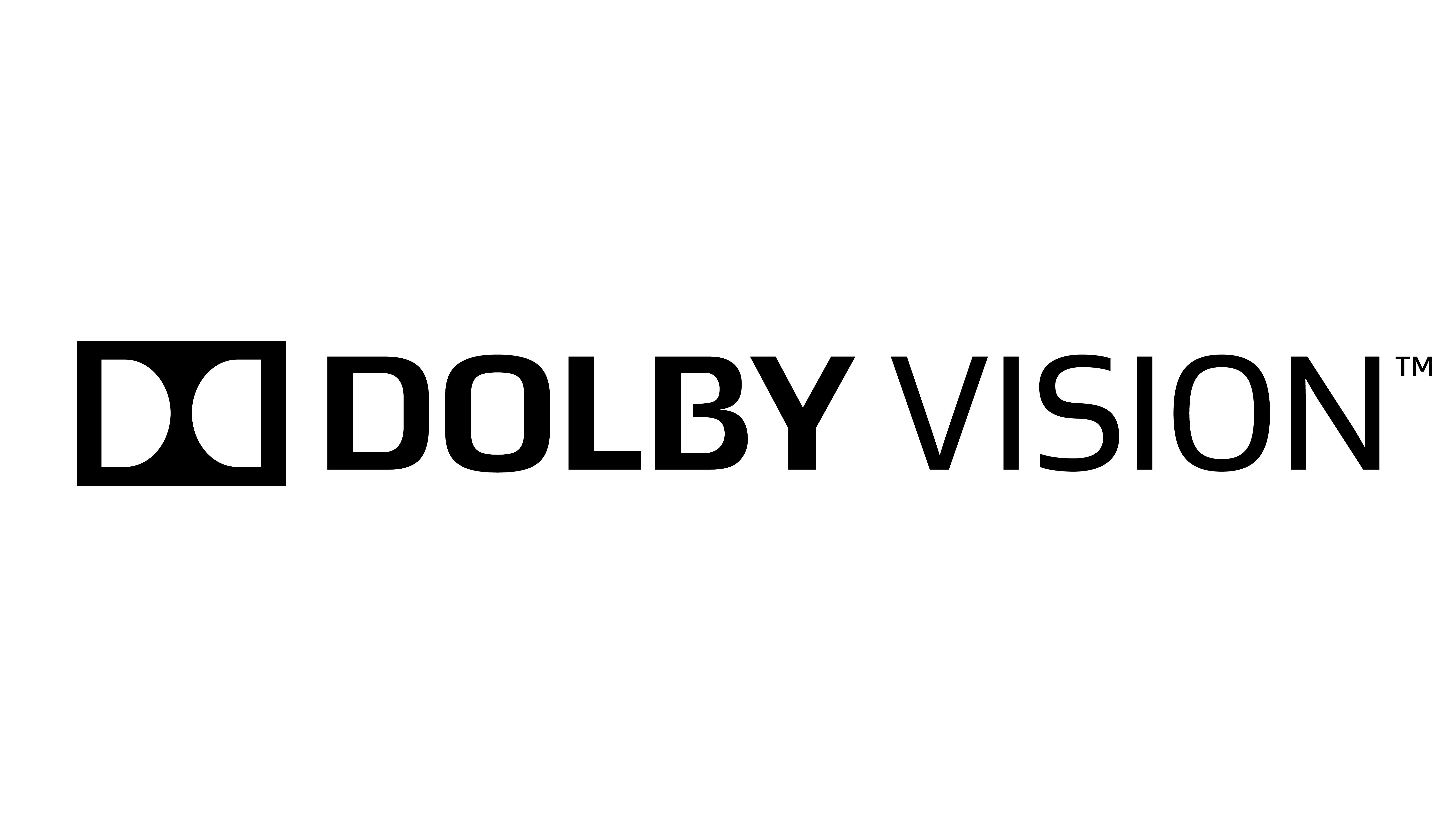
The most significant advantage of Dolby Vision HDR versus HDR10 is the addition of dynamic metadata to the core HDR image data.
This metadata carries scene-by-scene instructions that a Dolby Vision-capable display can use to make sure it portrays the content as accurately as possible. Dolby Vision-capable TVs combine the scene-by-scene information received from the source with an awareness of their own capabilities in terms of brightness, contrast and colour performance.
With HDR10 content, your HDR TV only receives static metadata; relatively basic ‘global’ information on the content being shown that applies to the entire film or TV show.
It can’t provide a display with updates on how each specific shot or scene should be shown. Nor does HDR10 carry the same facility for continually optimising the picture to the capabilities of the screen it’s showing on.
Dolby Vision is built on the same core as HDR10, which makes it relatively straightforward for content producers to create HDR10 and Dolby Vision masters together. This means that a Dolby Vision-enabled Ultra HD Blu-ray can also play back in HDR10 on TVs that only support that format.
Dolby Vision allows content producers to have either one or two ‘layers’ of data; one carrying just an HDR signal, the other carrying a standard dynamic range (SDR) signal. This single HDR/SDR workflow approach makes Dolby Vision a convenient tool for content creators and broadcasters to use.
Another advantage of Dolby Vision is that the metadata is embedded into the video signal, meaning it can run across ‘legacy’ HDR connections as far back as version 1.4b. Despite only using static metadata, HDR10 requires HDMI 2.0a compatibility.
On the content production side, Dolby Vision seems more focused on pushing HDR to its technical limits. The minimum specification for Dolby Vision mastering requires the use of reference monitors with a contrast ratio of 200,000:1, peak brightness of 1000 nits, colour range ‘approaching’ the Rec 2020 standard, and support for the SMPTE ST-2084 HDR format.
However, Dolby has also developed a reference ‘Pulsar’ monitor that provides an 800,000:1 contrast ratio, a peak brightness of 4000 nits, and the so-called P3 colour range used in digital cinema applications.
Given its greater creative palette, and the drive towards delivering consumer TVs with ever greater brightness, it’s certainly tempting to see this Dolby Pulsar monitor as a glimpse of HDR to come.
Does Dolby Vision deliver better pictures?
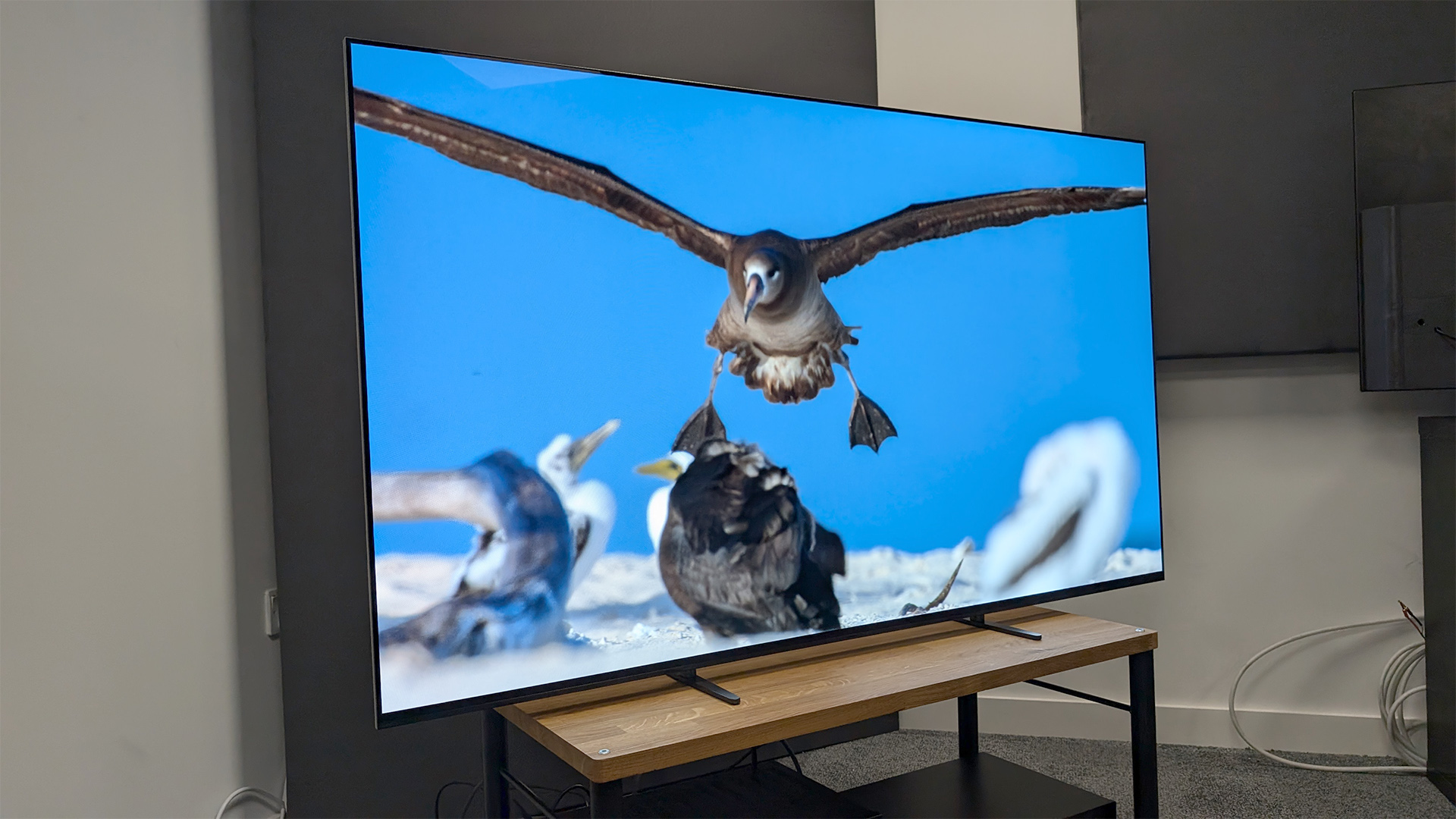
We've become well acquainted with Dolby Vision since its inception and have seen marked improvements as it has been implemented in more films. Initially, we saw films like Wonder Woman, 1917, Justice League, Joker, Spider-Man: Homecoming, Star Wars: The Last Jedi, Venom and Bumblebee, which all proved to us that, when implemented correctly, Dolby Vision can produce marked improvements on an already-impressive HDR10 presentation.
However, Dolby Vision's presentation still varies from film to film, much like it did when those films were released, although it appears to have improved across the board since it was first introduced.
Take The Batman, which has quickly become a go-to testing film since its release in 2022. Its 4K Blu-ray transfer is already very good, but when paired with a Dolby Vision-equipped TV, it looks even better thanks to the enhanced contrast and more vivid colours. Top Gun: Maverick is another great example of a film that we find ourselves using as a Dolby Vision benchmark, as it too benefits from the enhanced image depth and more vibrant colours.
How can you watch Dolby Vision?
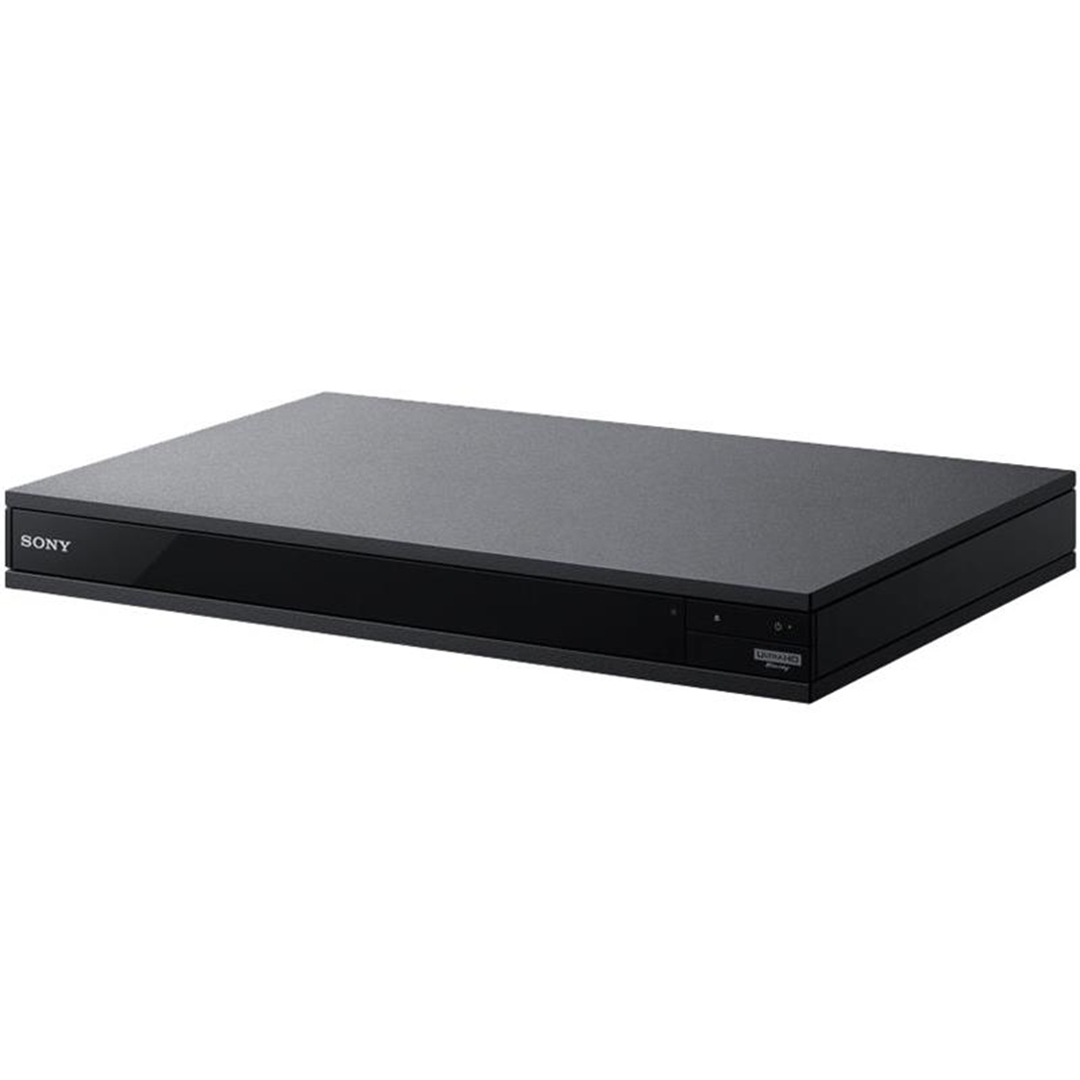
With more and more 4K Blu-ray discs with Dolby Vision hitting the shelves, an increasing number of 4K Blu-ray players now come with Dolby Vision support as standard, including top-end five-star players like the Panasonic DP-UB9000 and Panasonic DP-UB820EB. The Sony UBP-X700 and Sony UBP-X800M2 are excellent mid-range options.
It’s a more complicated story when it comes to TVs. Not all manufacturers support Dolby Vision and those that do don't implement Dolby Vision on all their models. You'll tend to find it on all but the very budget end of their ranges. LG and Sony have Dolby Vision on the lion's share of their TVs. Philips and Panasonic are usually compatible with both HDR10+ and Dolby Vision, but Samsung is HDR10+ only.
Panasonic's GZ2000 flagship 2019 OLED TV was the first Panasonic set ever to support Dolby Vision. The manufacturer previously nailed its colours to the mast of rival format HDR10+ but has since softened its stance. This goes for its 4K Blu-ray players too.
Philips also decided to offer both HDR10+ and Dolby Vision on its 2023 sets like 2023's OLED808 and OLED908, and TVs in its 2024 TV lineup including the OLED909 and five-star OLED908.
Sony continue its TV support into 2024 with the Bravia 8 and Bravia 9, as does LG with the C4 and G4 (as well as its older OLED sets like the C3 and G3).
Dolby Vision is also available via the Apple TV 4K, and Google TV Streamer (as well as its predecessor, the Google Chromecast with Google TV). Amazon also has it on its Fire TV Stick 4K Max and Fire TV Cube devices.
In the US, Vizio, Hisense, LeEco, Philips (which has a different owner to Philips in Europe) and TCL all already have Dolby Vision TVs on sale or set for launch.
And which brands don't support Dolby Vision?
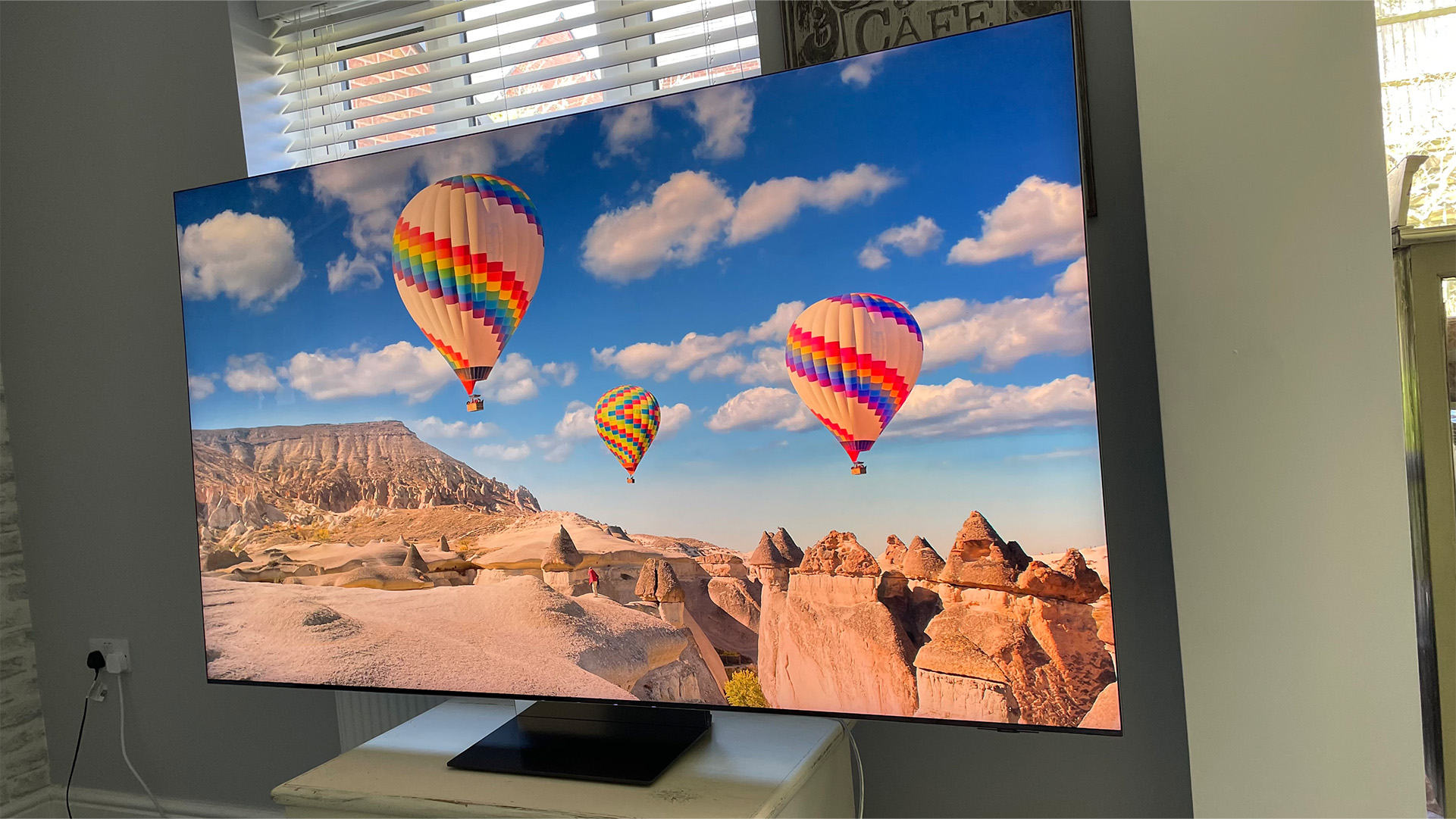
Samsung is the biggest hardware brand that doesn’t yet support Dolby Vision on any of its products.
There's the issue of adding to manufacturing costs with the licence fee, and Samsung has stated that it trusts its own TV processing, and the capability of its own hardware, arguing that it optimises HDR10 images efficiently enough without Dolby Vision.
However, that doesn’t take into account Dolby Vision’s potential for content creators to have more say over how their content appears.
But the main reason Samsung isn't currently courting Dolby Vision is because it's backing a royalty-free dynamic metadata HDR system called HDR10+.
Developed by Samsung, and with 20th Century and Warner Bros as partners to license HDR10+ to other manufacturers, it's a direct rival to Dolby Vision. The format began to appear on a fairly small number of 4K Blu-ray titles, including Bohemian Rhapsody, Alien 40th Anniversary, 1917, Parasite and Alita: Battle Angel. However, it's since become a mainstream format on many 4K Blu-rays including 2021's The Suicide Squad and Elvis (Warner Bros) and X-Men: Dark Phoenix (20th Century). Amazon Prime Video is also using this technology on much of its first-party content.
Samsung claims there are over 1000 titles available in HDR10+ on Amazon, including The Grand Tour and The Boys, as well as HDR10+ content on Rakuten and Google Play Movies & TV.
While Dolby has gone out of its way to dismiss talk of any possible format war with HDR10, positioning its technology as a ‘value added’ proposition in relation to HDR10 as opposed to a direct competitor, HDR10+ is certainly a rival to Vision.
What Dolby Vision content is available?
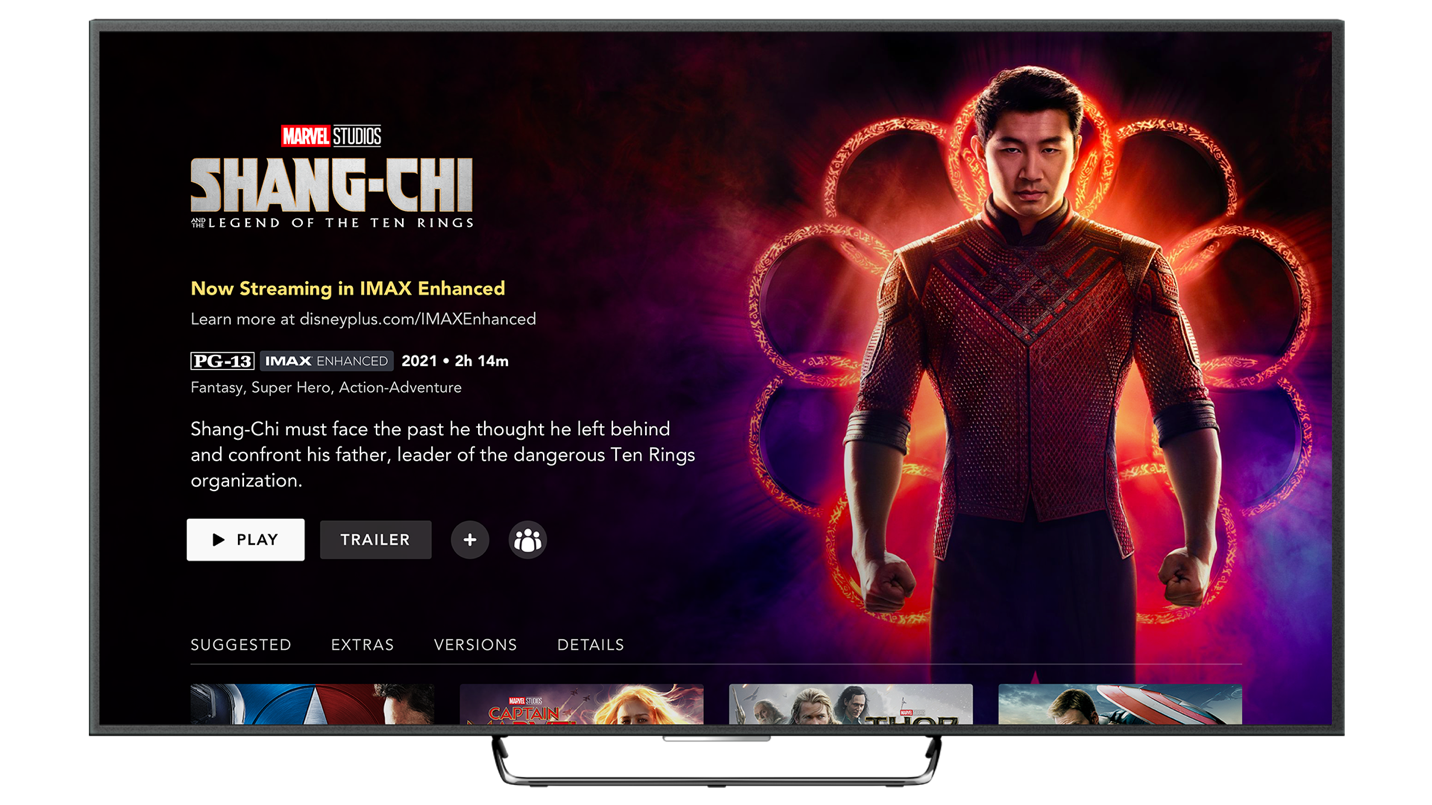
A number of major film studios (including Lionsgate, Sony Pictures, Universal and Warner Bros.) have all released Dolby Vision UHD Blu-rays.
Despicable Me and Despicable Me 2 had the distinction of being the first 4K Blu-ray titles with Dolby Vision to hit the market. Not the most scintillating start, but it’s picked up since then. Existing titles include Bad Boys: Ride Or Die, Oppenheimer, The Hunger Games: The Ballad of Songbirds and Snakes and many of the most recent Marvel Cinematic Universe movies such as The Marvels and Guardians of the Galaxy Vol 3.
There are plenty of older titles available in Dolby Vision too, with the entire Star Wars series remastered once again, with updated 4K Blu-rays for the original and prequel trilogies.
Things are a bit more advanced on the streaming side. In the UK, Disney Plus, Netflix, Apple TV+ and Amazon Prime Video support Dolby Vision HDR streams, while in the US they are joined by VUDU.
Netflix shows that support Dolby Vision includes Stranger Things, Drive To Survive, and Bridgerton, while on the movies side, you'll find the likes of The Grey Man, Don't Look Up and All Quiet On The Western Front.
Amazon Video is a little more sparse when it comes to Dolby Vision, with a more limited amount of content available, including Jack Ryan and The Lord Of The Rings: The Rings Of Power, as well as a handful of Sony Pictures films such as After Earth, Fury, Elysium, Men In Black 3 and The Amazing Spider-Man 2. But remember, to get Dolby Vision (and Atmos) on Prime Video, you'll need to pay another £2.99 a month for the ad-free tier.
Rakuten partnered up with Dolby and LG to bring Dolby Vision (and Atmos) movies to its film rental service back in 2018, and that is still going strong. Titles include more recent blockbusters such as Blade Runner 2049 and Baby Driver, and older films such as Bad Boys II and The Amazing Spider-Man.
Disney Plus has had a huge store of Dolby Vision content since launch, much of which is also Dolby Atmos compatible too. The bulk of the Marvel movies and Star Wards franchise are included, as are the big Disney and Pixar hits like Pirates Of The Caribbean and Inside Out 2.
The PC game Mass Effect: Andromeda was the first game to support Dolby Vision, heralding a whole new outlet for the format. The Xbox One X and S both support Dolby Vision following a software update, and the more recent generation, the Xbox Series X and Xbox Series S are Dolby Vision and Atmos-enabled too, with Microsoft testing the feature in beta. Blockbuster games like Forza Horizon 5, Gears 5, Halo Infinite and Cyberpunk 2077 all support Dolby Vision. The Apple TV app on Xbox was updated in 2021 to add Dolby Vision, too.
However, it's unlikely Dolby Vision support will arrive on Sony's PlayStation 4 or PS5 – no, not even the PS5 Pro has it.
Dolby Vision can also be applied in a live broadcast environment – though we’re not aware yet of any broadcaster announcing plans to use it. Besides, another format, Hybrid Log Gamma (HLG), is currently the default format used with 4K broadcasts.
What about Dolby Vision on mobile phones and tablets?
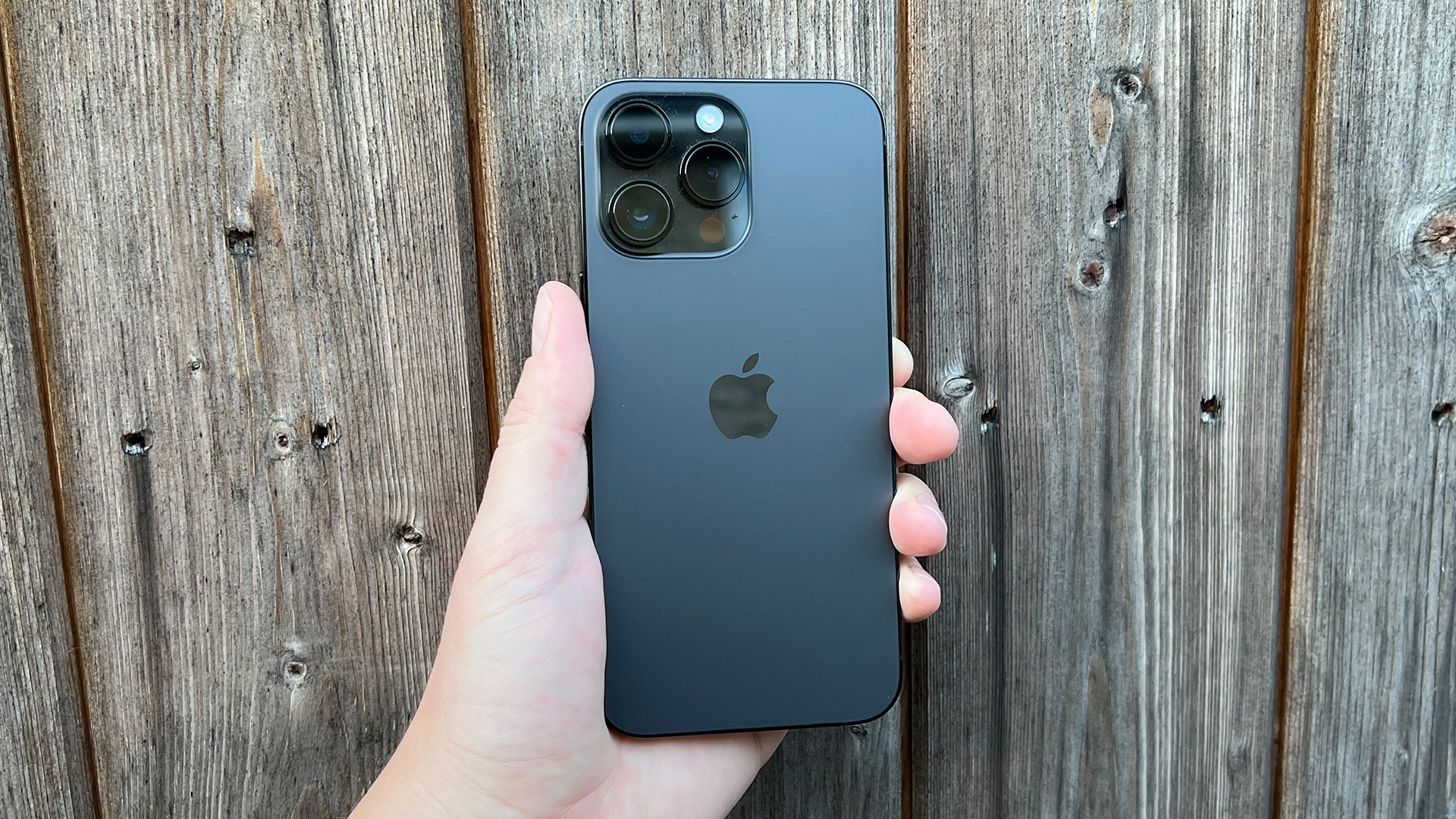
Fancy enjoying Dolby Vision videos while on the bus or train to ease your daily commute? Now you can.
The LG G6 was the first smartphone to come equipped with Dolby Vision HDR, and we've seen many more since the launch of Qualcomm's Snapdragon 865 phone chipset, which brought support for 8K and Dolby Vision video capture to Android phones.
Apple has also shown plenty of faith in the standard, and integrated Dolby HDR
tech into its entire iPhone lineup, including the current iPhone 16 and 16 Pro ranges, as well as older generation iPhones dating back to the iPhone X. You'll also find Dolby Vision in all of the Apple iPad Pro tablets apart from the first generation.
It's not just iPhones that have Dolby Vision, as many Android phones have jumped onto the bandwagon, such as the OnePlus 11 5G, as well as many Xiaomi and Oppo phones.
What about Dolby Vision IQ?
Announced at CES 2020, Dolby Vision IQ is a development of Dolby Vision that is designed to optimise how Vision content looks according to the brightness of the room your compatible TV is in.
This should mean that Dolby Vision content, regardless of its overall brightness, is just as intelligible when watched in a bright room as in a dark room.
To do this, Dolby Vision IQ uses the dynamic metadata from Dolby Vision, as well as light sensors inside your TV, to dynamically adjust the HDR picture based on the content and ambient light conditions in your room.
If you switch from bright live sport to a darker TV show, the TV will adjust accordingly for the optimum picture. The promise: to deliver "a perfect picture in your room at every moment".
LG went one further with this in 2022, when it introduced Dolby Vision IQ Precision Detail. This was initially rolled out on the popular C2 and G2 TVs and works with LG's picture processor to pull out even more detail, particularly from dark scenes.
And what about Dolby Vision Filmmaker Mode?
Filmmaker Mode has made it really easy for anyone to get authentic TV pictures, without needing to know the nitty gritty about calibration.
It’s a standardised picture setting developed by the UHD Alliance, which turns off all additional processing and sets a more accurate colour balance, getting your picture more closely to what the director intended.
However, the setting wasn’t able to be used when watching movies in Dolby Vision. Most TVs would usually switch to a Dolby Vision HDR mode automatically, which sometimes turns on the additional processing that Filmmaker Mode is supposed to prevent.
At CES 2024, LG announced it had finalised development of a Dolby Vision Filmmaker Mode for its 2024 OLED TV lineup, so that this won’t happen. As we found in our review, the LG C4's handling of Dolby Vision content is superb, with noticeably more pop than the five-star Sony A80L.
What's the future of Dolby Vision?
It's of course not just consumer products that support Dolby Vision. The UK's first Dolby Cinemas offering Dolby Vision and Atmos are now open, proving yet further that the company is eager to get Dolby Vision in front of more eyes. The technology is now well established and well supported in the AV industry, and, with Dolby Vision IQ now a thing too, things look like they will only get better and better.
There's no doubt the current HDR landscape is a little rocky, especially when you throw HLG (the broadcast HDR TV format) and, more crucially, Vision's main rival, HDR10+, into the equation. Then there's also the IMAX Enhanced standard creeping up on the horizon too.
Unfortunately, there's a chance it could get more confusing as the new formats and standards settle. But fear not – we'll be on hand to help you cut through the jargon.
MORE:
Hybrid Log Gamma: the HDR TV broadcast format explained







